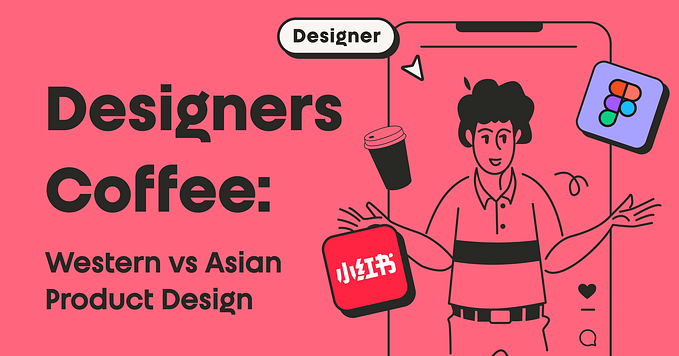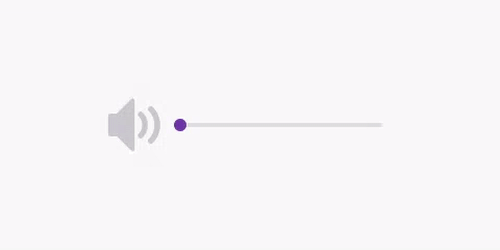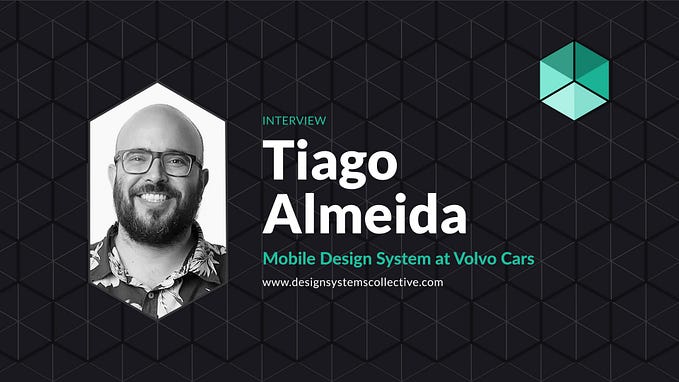Design challenges in interviews — how not to?

My 2¢ to Design hiring managers! 💼
I’ve been there, done that. 🤓 We all have. ⏱️ Hours of work and sleepless nights to put together a solution in 8-hours, 2-days, 3-days design challenges by companies as a part of the design process. ✏️ But this one is for the hiring managers 😇 on how not to do a design challenge, how to do it the right, ethical and effective way. 🤩

Design interviews at top companies mostly look like this.
- ☝️Job Postings/Referrals/Informal Discussion
- 📨Apply
- ☎️Recruiter call
- 📱Phone screening (1:1)
- 💻Design challenge (1:1)
- ✍White-board problem solving
- 👨💻On-site -Portfolio presentation (~5–7 ppl)
- 😐Sr./Lead Designer interview (1:1)( 2x)
- 🥺Hiring Manager interview (1:1)
- 🙄Team Matching/Culture Fit/As Appropriate
- 🤝Offer call
Talking about the design challenges, it seems to be broken. It is ineffective, stressful and most of the time unethical.
- 🏠 Take-home design challenges are not effective. They should not be a part of the design interviews even if paid. Candidates can be made to do a design challenge during on-site interviews. If you still feel you need to give out assignments, below pointers could help you make them better.
- 🤷♂️ It should NEVER involve your company’s product/features/enhancements or even anything remotely related to your product’s roadmap. It should always be a generic design problem. Eg., Edu startup giving you the challenge to solve the problem of teachers not able to remember student names during every academic year. A Big No!
- 📜 It is totally fine to give out different problems to different candidates. But the hiring teams should have a detailed rubric to measure the results and outcomes in a non-biased way across all candidates.
- 😟 Design challenges should directly align with the role that the candidate is interviewing for. Giving design challenges to Design Managers sends a different signal to the candidate about what to expect in their roles.
- 🚧 On-site design challenges can be interesting when you start challenging candidates with various constraints on the go, with the same core design problem. Eg., Come up with a way to hire cycles around the city — given that the target users are — above the age of 50 or only women.
- 🙅♂️ Design challenges should not be the only criteria to collect candidate’s abilities. It should be paired with other 1:1s to get a holistic view of the candidate’s strength.
- 🧘♂️ Have an open mind when the candidates are solving the challenge. There should be several ways to solve the problem and just because the candidate did not approach it the way you think it doesn’t mean it is wrong.
- 🏋️♂️ Do your homework when you come up with a design challenge. Giving a problem statement on the fly doesn’t help as candidates may have a lot of questions for you during the session. Make sure you have answers for everything and not making up stuff just to get rid of the situation.
- 🤧 Be considerate & inclusive. People may have family commitments, pre-planned schedules, health issues that could prohibit them from participating in a challenge. Do not discount their ability based on the design challenge alone.
- ⏳ Give your expectation of the outcome from the challenge clearly to the candidates. If you need only 2–3 high fidelity screens, it is always advisable to mention them clearly in the brief, so the candidates can plan their deliverables accordingly.
“You need to have a collaborative hiring process. — Steve Jobs”

Try to co-create! 🔥
💬 Most of the time, in the real work environment, designers brainstorm and discuss a lot with other designers to arrive at a solution.
Why not do the same while you interview?
🎯 It is highly advisable that all the hiring managers indulge in a co-creating session with the candidates to truly understand how they would perform at work.
🧩 Start the session by giving them the problem statement and observe how they approach it. Pitch in and help them whenever they feel stuck. Brainstorm with them to understand how they think and approach the problem. Try not to influence them with your solutions and patiently wait for them to solve it.
🎲 In the end, discuss the solution with an open-mind and exchange thoughts if any. This signals you with an idea of how the candidate would typically work and contribute and also sends a positive signal to the candidate about the culture and team. It is totally a WIN-WIN! 🤝
Let this sink in for some time and let me know what you all think about making design hiring processes better and effective at all levels.
Follow me on Linkedin to talk more about design!








